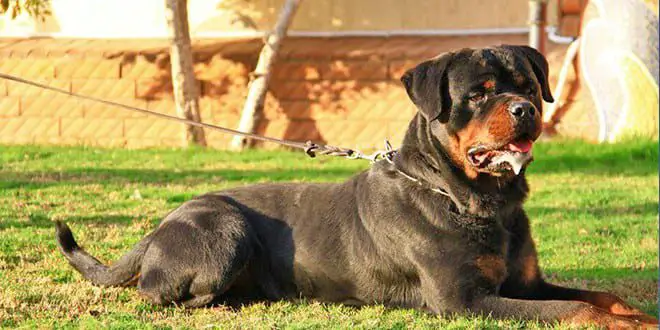How to Determine a Dogs Age in Human Years
Most people don’t realize, but dogs age faster than humans. Their average lifespan is around 14 years. It depends on the dog’s health, lifestyle and size. There are many people who calculate a dog’s age in human years, it is not the correct method. Dogs age very quickly in their early years as compared to later ones. For the first five years, most breeds age at the same pace. However, smaller ones age slowly than larger ones. Here are some tips to determine a dog’s age in human years.
Estimate the Age – If you don’t know your dog’s exact birth date, you need to estimate the age. His teeth can be a good indicator to determine his age. A small puppy can have all the baby teeth by 8 weeks. The permanent ones show around 7 months of age. A dog between 1-2 years may have some tartar buildup. Similarly, a dog between 2-5 years may have some yellowing of teeth. Dogs who’re older than 5 years have serious tartar buildup. They may also suffer from some dental disease. Senior dogs who’re over 10 years old show signs of cataracts, graying fur, and joint disease.

Determine the Dog’s Size – It is important to determine the size of your dog. Small dogs weigh just around 20 pounds, while medium dogs are heavier between 21-50 pounds. On the other hand, large dogs weigh around 50 pounds. Most dogs age at the same rate in the early years. However, larger breeds age more rapidly. This affects the calculation of their age.
Calculate Approximate Human Age – You can simply multiply the age in months by 2. This should be done for small puppies up to 5 months old. It is important to understand that puppies age very quickly in the first year, especially the first five months. Gradually, this rate of growth will decline.
For puppies between 6-8 months, you should multiply the age by 1.5. This is done to consider the decreased rate of growth and aging.
While calculating the age of puppies who’re between 9 months to 1 year, you should multiply the age by 1.25. A one year old dog in human years is around 15 years old. Dogs age 3/4th of a human year for every month. Therefore, when a dog is 2 years old, he will be around 24 years in human years. For some breeds and sizes, this number may be smaller.
For dogs aged between 2-5 years old, you should subtract 2 from the age and multiply the number by 4. You need to add 24 to this number to determine the dog’s age in human years. This figure is always the same for breeds up to 5 years.
For dogs who’re over 5 years old, you need to subtract 5 from the age. For smaller breeds, you should multiply the remainder by 4, and add 36 to it. For medium breeds, the remainder should be multiplied by 5, and 36 should be added to it. For larger breeds, the remainder needs to be multiplied by 6, and 36 needs to be added.
It is important to understand that large breeds over 15 years old age around 27 human years when they’re between 15-16 years old. This is because of the larger bone structure of the dog. It may lead to joint problems and other issues.


